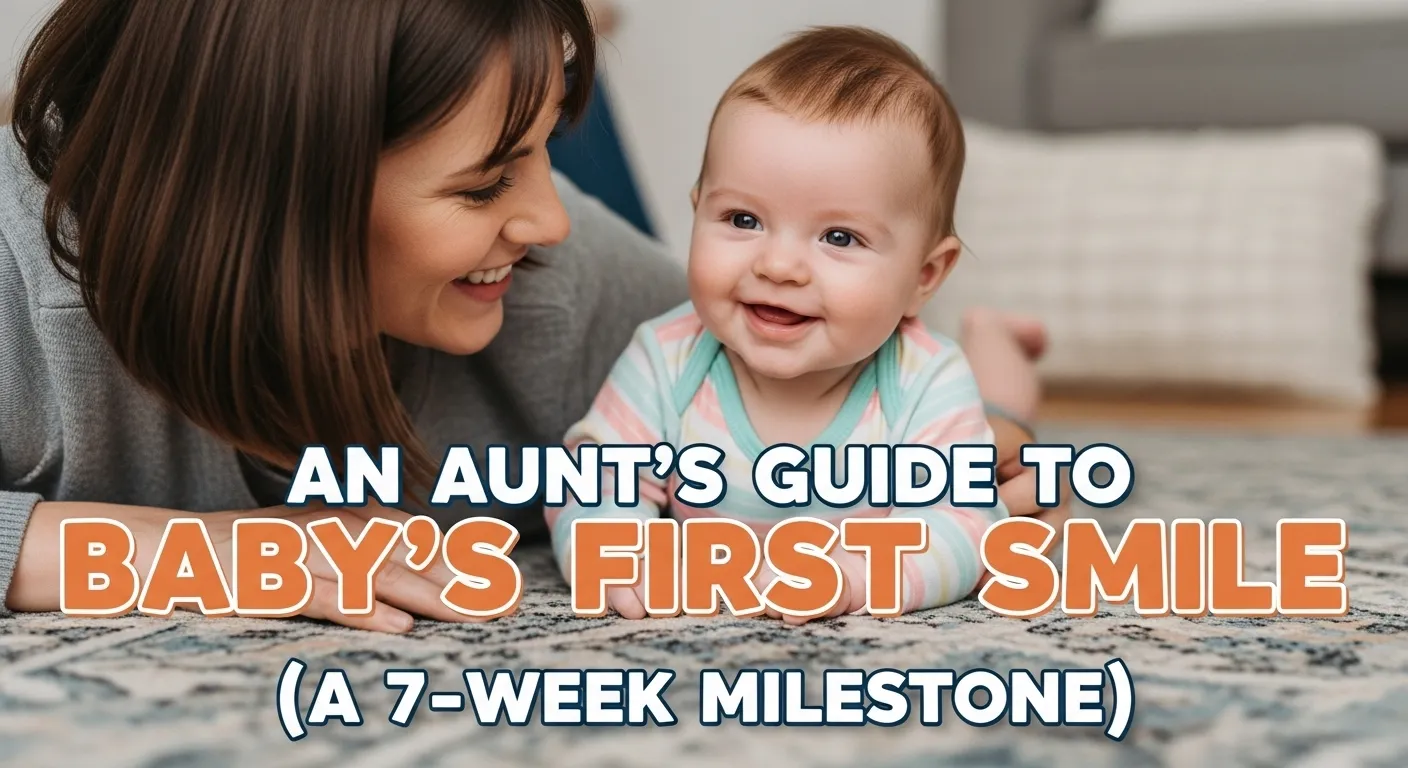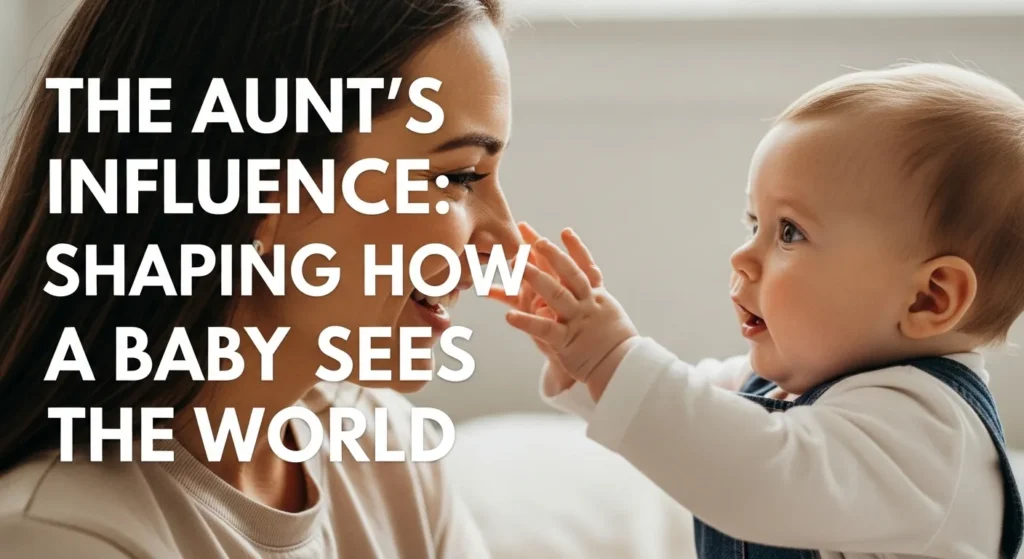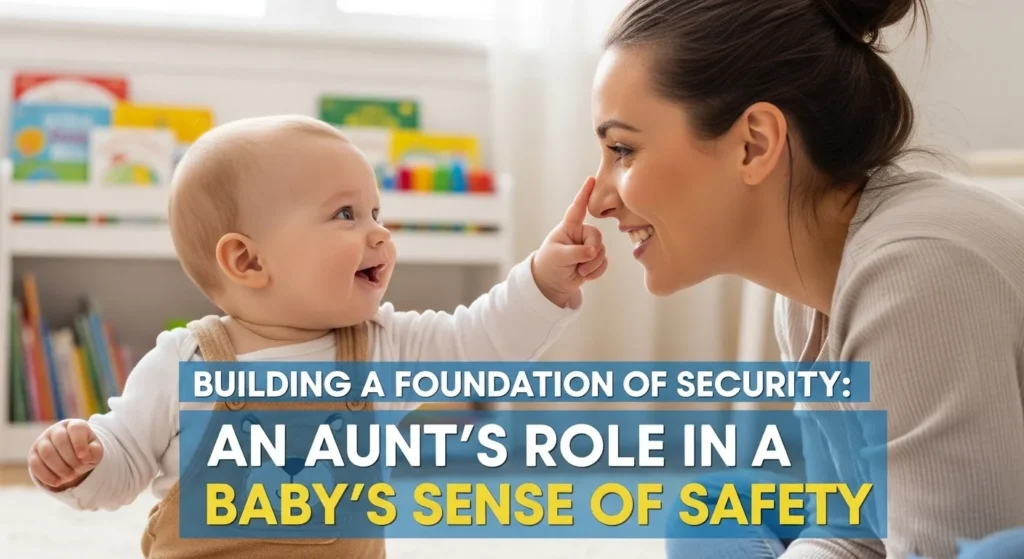
In the early weeks of aunthood, you spend so many precious moments cuddling, shushing, and just watching your new niece or nephew. You study every tiny feature. Then, you see it, a little twitch at the corner of their mouth while they sleep. But what about that first, heart-melting real smile?
That magical moment is a huge developmental milestone. It is one of the first and most beautiful rewards of being an aunt. So, what does that first social smile really mean, and how can you be one of the first people to see it?
What’s the difference between a reflex smile and a real “social” smile?
Direct Answer: A reflex smile happens randomly, often when a baby is sleepy or gassy, and is not a response to anything. A true social smile is on purpose. It is the baby’s direct emotional reaction to you, your face, your voice, and it involves their whole face, especially their eyes.
Evidence: For the first several weeks, those little grins you see are usually just random reflexes. But a major shift happens as the baby’s brain develops. They begin to connect your presence with feelings of comfort and happiness, and they learn how to show it.
As I explain in my book, Auntie of the Year, this is a special opportunity for your bond:
“Around 7 weeks, they’ll start smiling, and you might be one of the first they smile at.”
This is a huge leap in their development. It is their first ever attempt to use their face to intentionally communicate joy and connection with you.
How can I encourage my niece or nephew to smile at me?
Direct Answer: You can encourage a smile by being a warm, engaging, and responsive presence. The goal is to create a gentle and positive interaction that the baby will naturally want to respond to.
Evidence: A baby’s smile is a social response, so the key is to be social with them. They are learning about communication from you. Here are five simple tips:
- Find the Right Time: Try to engage them when they are in a quiet, alert state. This is usually after they’ve been fed and burped, but before they get sleepy.
- Get Face to Face: A newborn’s vision is best at about 8 to 12 inches. This is roughly the distance from your arms to your face. Get up close so they can clearly see your features.
- Use a Gentle, “Sing-Song” Voice: Babies are naturally drawn to higher pitched, melodic voices. Talk to them softly about anything. They will respond to the warm tone, not the words.
- Smile Genuinely: Babies are expert mimics. Let them see your own big, authentic smile. When they see your eyes light up and your mouth turn up, they learn that this is how people show happiness.
- Do not Overstimulate: A baby’s brain works hard to process new information. If they look away or start to fuss, it is their way of saying, “I need a break.” Respecting their cues builds trust.
What does it mean for our bond if they smile at me?
Direct Answer: It means your consistent love and attention have already made a huge impact. When a baby gives you one of their first social smiles, they are recognizing you as a safe, familiar, and positive part of their world.
Evidence: That smile is a direct result of the bond you have been building. All those quiet moments of holding them, speaking to them, and just being present have registered. The baby has connected your face and voice with feelings of comfort and security.
Think of it as the baby’s first intentional “Hello!” or “I like you!” It is a powerful confirmation that your unique relationship is already forming and that you are firmly planted in their tiny circle of trusted people.
Frequently Asked Questions
My nephew is 8 weeks old and still has not smiled at me. Should I be worried?
Not at all. Developmental milestones are averages, not deadlines. Every baby develops on their own unique schedule. Continue your warm interactions, and that smile will appear when they are ready.
Is it okay to tickle a baby to make them smile?
It is best to wait until they are much older for tickling. A newborn’s first social smile is a response to a face or voice. The goal is emotional connection, and tickling can be a very overstimulating or even unpleasant sensation for a baby this young.
What if I miss their very first smile?
It is completely okay. The first smile is a wonderful milestone, but it is only the first of thousands you will share. The goal is not just to catch the very first one, but to be a person who receives their smiles often because of the loving connection you have built


